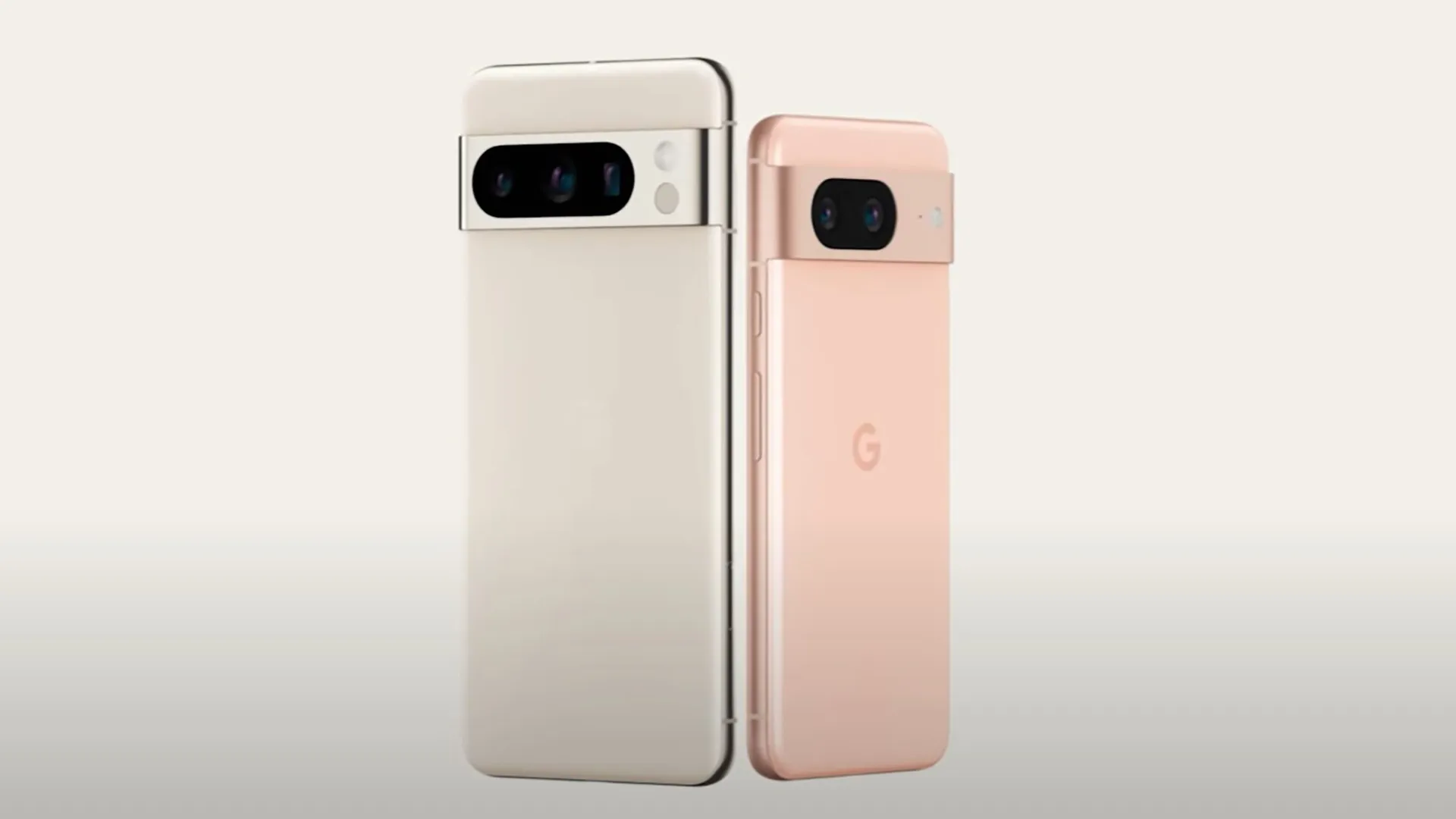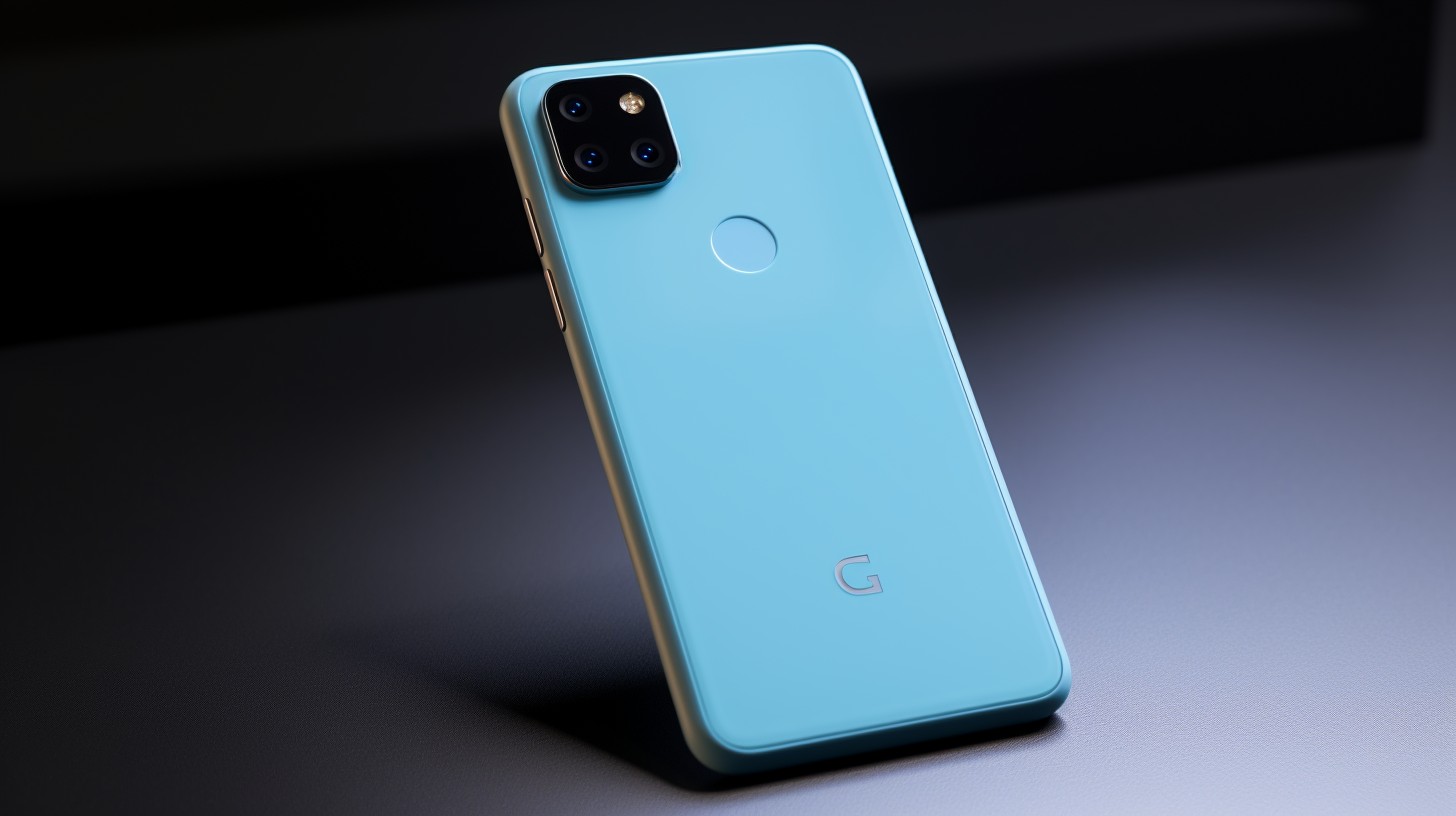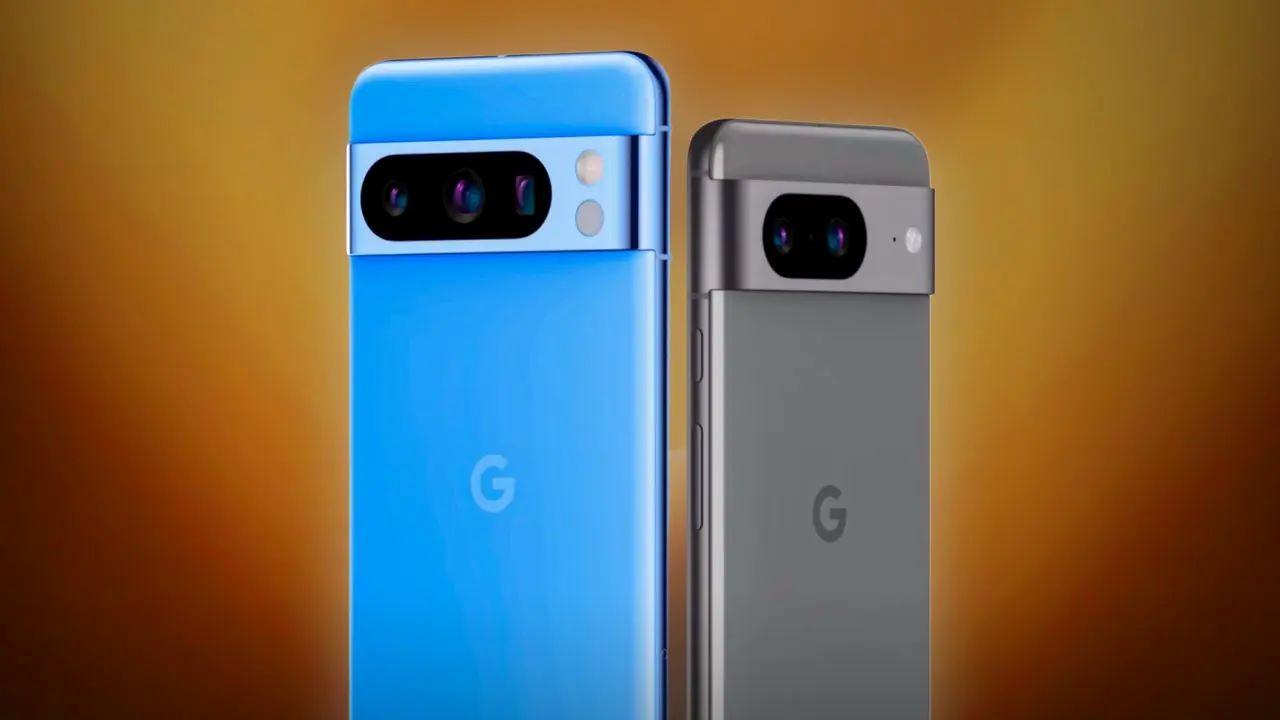The tech world is abuzz with the latest leaks surrounding the Google Pixel 9 series the upcoming from the tech giant, thanks to renowned leaker Steve Hemmerstoffer, better known as OnLeaks. With over eight months still to go before the expected launch, these early glimpses into the Pixel 9 designs are stirring up a mix of excitement and speculation. The question on everyone’s mind: Is Google drawing too much inspiration from Apple?
A Fresh Design Philosophy for Pixel
The leaked renders of the Google Pixel 9 Pro and its sibling, the Google Pixel 9, showcase a notable design evolution for Google’s flagship line. One of the most striking features is the flat sides of the Google Pixel 9 Pro, reminiscent of the design direction Apple took starting with the iPhone 12 series.
This design choice, while arguably influenced by Apple’s aesthetic, serves a practical purpose beyond mere visual appeal.

Efficiency or Aesthetics?
The debate over flat versus curved sides isn’t new. Carl Pei, CEO and co-founder of Nothing, defended the efficiency of flat sides, arguing they allow for a more effective use of space within the smartphone’s chassis. This perspective suggests that Google’s design choice might be driven by a desire to maximize internal componentry rather than simply mimicking Apple’s style.
However, it’s impossible to ignore the visual similarities between the Google Pixel 9 renders and Apple’s recent iPhone models. Google seems to be walking a fine line between adopting a functional design and following a trend set by its Cupertino-based rival.

The Google Pixel 9 and Pixel 9 Pro: Blurring the Lines
Perhaps more intriguing than the design similarities to Apple products is the apparent strategy shift suggested by the Google Pixel 9 leaks. The renders indicate that the Google Pixel 9 and Pixel 9 Pro could be nearly identical in design, differing mainly in size. This approach mirrors Apple’s strategy with the iPhone 15 Pro and iPhone 15 Pro Max, where the main distinctions are size and a few key features.
A New Strategy for Android?
Should Google indeed release the Google Pixel 9 and Pixel 9 Pro as essentially scaled versions of the same device, it would represent a significant departure from the typical Android flagship strategy.
Unlike the Samsung Galaxy S24 series, where the base and models differ substantially from the Ultra, Google might be offering consumers a choice between two high-end devices that share the same core features.
Meet the all new Google Pixel 9 pro😎😎 pic.twitter.com/O1mMv8blfJ
— Big Sheyi⚠️⚠️ (@Sheymarn60) February 9, 2024
Pricing and Market Positioning
The implications of this design and feature parity extend beyond consumer choice to the potential pricing of the Pixel 9 series. If the Google Pixel 9 inherits most of the Pro features, it’s unlikely to retain the traditional flagship pricing, potentially starting at or near the $1,000 mark. Such a strategy could leave a notable gap in the Pixel lineup, particularly in the mid-range market segment.
Filling the Gaps
Google may choose to address this gap by continuing to offer the Pixel 8 series at a reduced price, or perhaps, as leaks suggest, by introducing a third model to the Pixel 9 lineup. This rumored base-level Google Pixel 9, with a dual-lens camera setup, could offer a more affordable alternative without sacrificing the core Pixel experience.

Google Pixel 9 Series: Evolution or Imitation?
As the Google Pixel 9 series continues to take shape through leaks and rumors, the debate over Google’s design and strategy choices will undoubtedly persist.
Whether seen as a nod to efficiency or a case of design imitation, the upcoming Pixels are poised to spark discussions about innovation, market strategy, and the fine line between inspiration and imitation in the tech world.
With anticipation building for the official reveal, the tech community eagerly awaits to see how Google will balance these considerations and whether the Google Pixel 9 series will indeed mark a new chapter for Android flagships.









